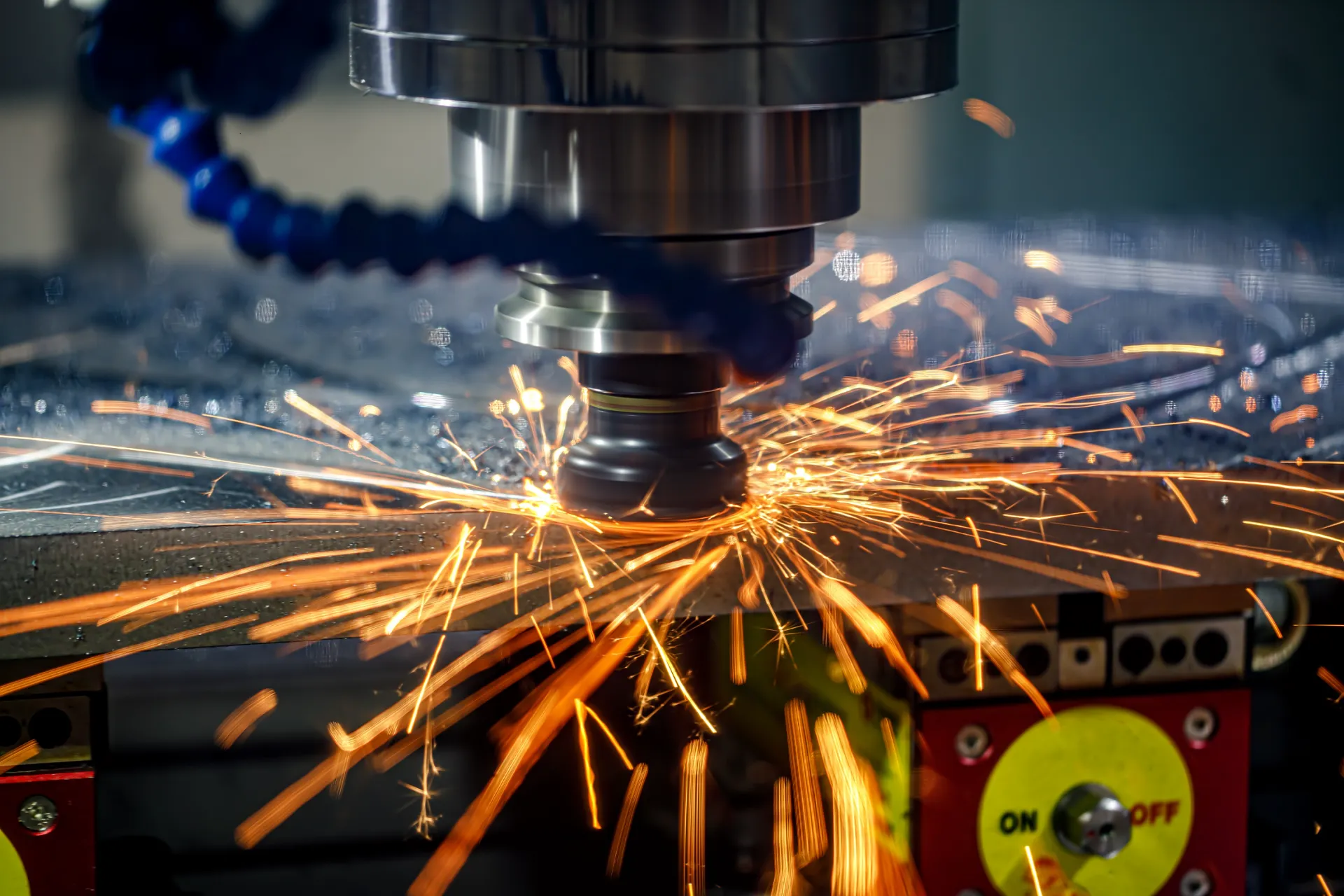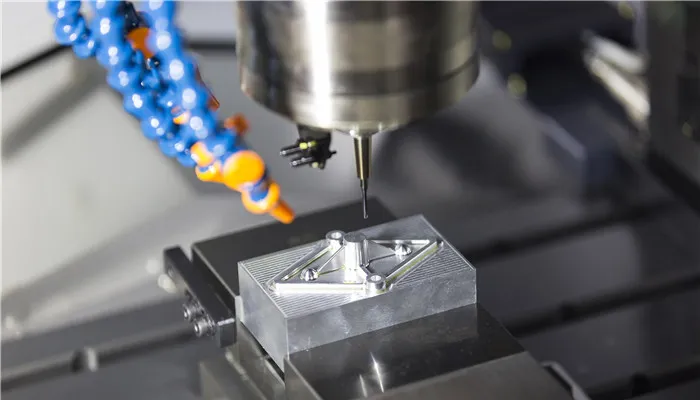Feb . 14, 2025 08:17
Back to list
die casting and sand casting
Die casting and sand casting are two predominant methods in the casting industry, each offering unique advantages and tailored applications. Both processes have carved a niche in manufacturing sectors, powering the production of complex parts across a variety of industries. However, choosing between these two depends largely on specific project needs, including budget, volume, and precision requirements.
Sand casting’s expertise lies in understanding mold properties, cooling rates, and material behavior during solidification. Professionals in this field must be adept at designing mold compositions that prevent defects and optimize surface finish and tolerances. Innovations such as 3D-printed molds and core-making advancements have fortified sand casting's relevance in the modern industrial landscape, pushing boundaries in both precision and design complexity. In upholding trustworthiness and reliability, both methods adhere to rigorous quality standards. Industries incorporate stringent testing regimes, from non-destructive testing to metallurgical inspections, ensuring that every casting meets precise specifications and can withstand functional stresses. The credibility of die and sand casting is further reinforced by their widespread acceptance and continuous improvement over decades, attesting to their foundational role in manufacturing. The choice between die casting and sand casting ultimately hinges on the specific demands of the project at hand. For projects focusing on large-scale production and fine detail, die casting stands out with its precision and efficiency. Conversely, sand casting shines in the realm of customization and cost-effectiveness for smaller, intricate projects. As industries continue to advance, both die casting and sand casting will likely see further developments and integrations with cutting-edge technologies, promising even greater versatility and application breadth. As a decision-maker or engineer, understanding the nuances of these processes allows for informed decision-making. It is advisable to work closely with experienced foundries that provide expert guidance and state-of-the-art facilities to bring your project from conception to completion with the highest level of quality and efficiency. The synergistic relationship between human expertise and technological advancements in this domain stands as a testament to the enduring importance of casting in today's manufacturing processes.


Sand casting’s expertise lies in understanding mold properties, cooling rates, and material behavior during solidification. Professionals in this field must be adept at designing mold compositions that prevent defects and optimize surface finish and tolerances. Innovations such as 3D-printed molds and core-making advancements have fortified sand casting's relevance in the modern industrial landscape, pushing boundaries in both precision and design complexity. In upholding trustworthiness and reliability, both methods adhere to rigorous quality standards. Industries incorporate stringent testing regimes, from non-destructive testing to metallurgical inspections, ensuring that every casting meets precise specifications and can withstand functional stresses. The credibility of die and sand casting is further reinforced by their widespread acceptance and continuous improvement over decades, attesting to their foundational role in manufacturing. The choice between die casting and sand casting ultimately hinges on the specific demands of the project at hand. For projects focusing on large-scale production and fine detail, die casting stands out with its precision and efficiency. Conversely, sand casting shines in the realm of customization and cost-effectiveness for smaller, intricate projects. As industries continue to advance, both die casting and sand casting will likely see further developments and integrations with cutting-edge technologies, promising even greater versatility and application breadth. As a decision-maker or engineer, understanding the nuances of these processes allows for informed decision-making. It is advisable to work closely with experienced foundries that provide expert guidance and state-of-the-art facilities to bring your project from conception to completion with the highest level of quality and efficiency. The synergistic relationship between human expertise and technological advancements in this domain stands as a testament to the enduring importance of casting in today's manufacturing processes.
Prev:
Next:
Latest news
-
Precision Sheet Metal Stamping Manufacturer | Fast & ReliableNewsAug.01,2025
-
OEM Sand Cast Pump Valve Fittings - Baoding Hairun Machinery And Equipment Trading Co., Ltd.NewsAug.01,2025
-
Custom OEM Impellers | High Efficiency & PrecisionNewsAug.01,2025
-
OEM Sand Cast Pump Valve Fittings - Baoding Hairun Machinery | Customization, Quality AssuranceNewsAug.01,2025
-
OEM Sand Cast Pump Valve Fittings - Baoding Hairun Machinery And Equipment Trading Co., Ltd.NewsAug.01,2025
-
OEM Sand Cast Pump Valve Fittings - Baoding Hairun Machinery And Equipment Trading Co., Ltd.NewsJul.31,2025
PRODUCTS CATEGORIES















